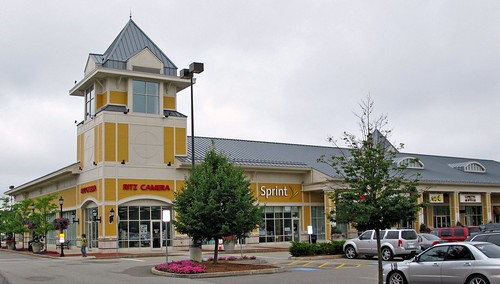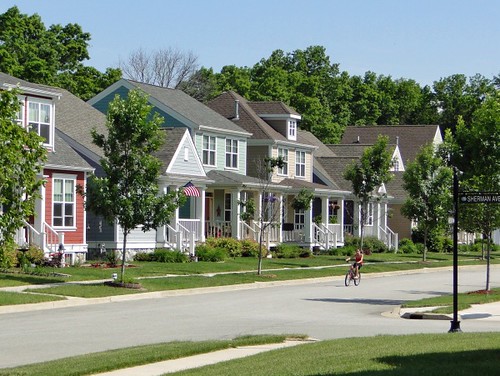 Posted Sep 26, 2011, 8:21 PM
Posted Sep 26, 2011, 8:21 PM
|
 |
Registered User
|
|
Join Date: Aug 2002
Location: Toronto
Posts: 52,200
|
|
|
Sustainable communities must embrace the familiar
Sustainable communities must embrace the familiar
September 26, 2011
By Kaid Benfield
 Read More: http://switchboard.nrdc.org/blogs/kb...es_must_e.html
Read More: http://switchboard.nrdc.org/blogs/kb...es_must_e.html
Quote:
I believe that, if sustainable communities are to become mainstream, as they must, they must provide potential residents, workers, and visitors with as much familiarity – in buildings, in design, in components, in comfort – as possible. The path to a more environmentally benign future lies not in convincing consumers that they must change, but in giving them the things they seek in a more sustainable form. This isn’t just opinion, though I have long accepted it as such: it’s now also science. In a group of studies reported together in the August 15, 2011 Journal of Personality and Social Psychology, several researchers in multiple universities, led by Shigehiro Oishi of the University of Virgina, examined the reasons why the commercial landscape of American suburbia looks so much the same from place to place. A significant reason, they conclude, is that our transience as a society leads people to seek the familiar.
- “Residential mobility, the very factor that allows Americans to pursue their individual desires, ironically facilitates the uniformity of American landscapes. The Gap, Mashpee, MA. This is because a move to a ‘strange land’ evokes the desire for familiar objects, including national chain stores (i.e., retail stores having the same ownership and selling the same products in multiple locations nationwide). Although starting a new life in a new city is exciting, a residential move also causes a significant amount of stress and anxiety . . . When individuals move to a strange place and are under the stress of starting a new life and have to repeat this again and again, they are likely to seek out familiar objects and avoid unfamiliar objects.”
- Oishi’s team also found that, the more frequently an individual moves, the more likely she is to prefer “familiar stores (national chain stores) over unfamiliar stores (local stores in an unfamiliar place).” (Intriguingly, they also found that frequent movers were more likely to be politically liberal on economic issues and conservative on social issues than those who move less.) Likewise, the more a community consists of frequent movers, the more chain stores it is likely to have. The authors certainly allow that many other factors contribute to sprawl and the predominance of national chains among American retailers, but conclude that the tendency of mobile Americans to seek the familiar is nonetheless a significant contributing factor.
- While the implications of the Oishi team’s research may be unsettling – oh, great, chain stores! – to many environmentalists and urbanists, walkable Barnes & Noble, Bethesda MD (by: Raoul Pop, creative commons license)including myself, I think we may serve our cause better by working with the findings rather than against them. We must continue to find ways to integrate national retailers into more sustainable places.
- If sustainability is to attain a scale comparable to that of sprawl, it must offer these familiar styles and components, but in better forms. Does this mean that every neighborhood aspiring to be sustainable must include chain stores and cookie-cutter traditional housing styles? Absolutely not, especially in intensively urban settings. But it does mean that many of them must. We must meet the market where it is in order to succeed.
.....
|
“National franchises and chain stores can and do change their standard building design to ‘fit in’ with the local character of the surrounding community. But they only do this in communities savvy enough to insist on something better than off-the-shelf, ‘cookie cutter’ architecture.”


__________________
ASDFGHJK
|



